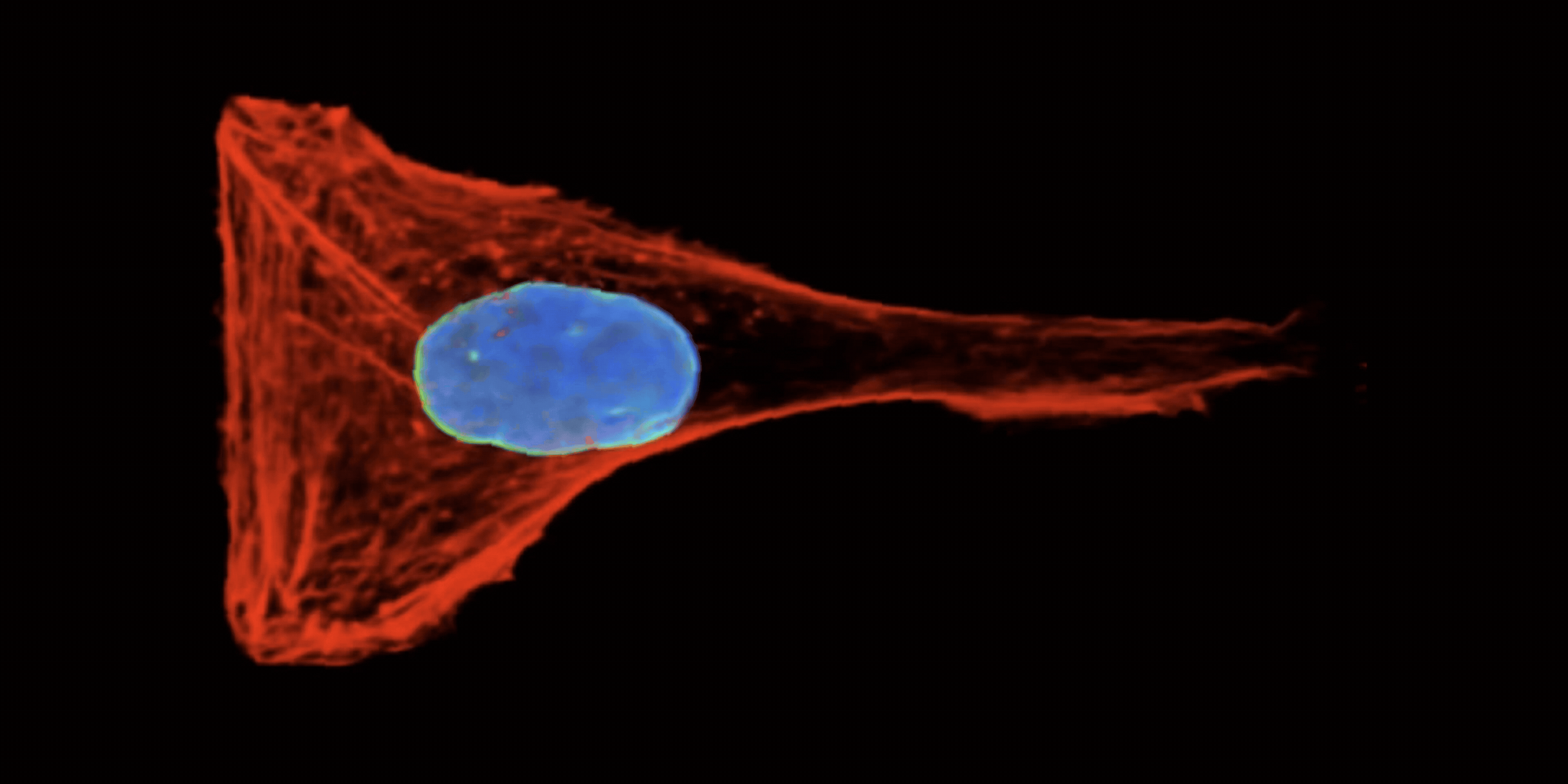The human body is composed of trillions of cells. Most of them, such as skin cells, remain in place throughout their lifespan. But there are some exceptions: embryonic cells, immune cells, and those involved in wound healing travel through the body. Cancer cells also share this ability, spreading from the primary tumor to form metastases in distant regions. To move from one place to another, cells must squeeze through narrow gaps in the tissue – often smaller than the cells themselves. This requires them to change shape, a process that consumes both time and energy.
Together with researchers led by Prof. Sylvain Gabriele from the University of Mons in Belgium, Prof. David Brückner at the Biozentrum of the University of Basel has discovered that migrating cells maintain a mechanical memory. They can “remember” the shape they adopted when passing through a constriction. The memory allows them to retain that shape instead of reshaping each time they encounter an unconfined space, enabling them to move faster and more efficiently in complex environments. The study, published in “Nature Physics”, sheds light on the biophysical mechanisms underlying this behavior. As a theoretical physicist, Brückner developed a mathematical model describing the dynamics of cell migration.
Cells change their shape in response to their environment
The researchers studied the behavior of individual cells within specially designed dumbbell-shaped micropatterns: two small squares connected by a narrow bridge mimicking tight tissue spaces. “Cells use protrusions – microscopic arm-like extensions – to move in these structures,” explains Brückner. “Cancer cells are particularly mobile, constantly migrating back and forth across the bridge.” During confined migration, cells switch between two distinct shapes: elongated and compacted morphologies.
When a cell enters the confined bridge, two protrusions pull in opposite directions. So, at first, the cell explores its options and stretches out. The longer it remains confined, the more likely it is to switch into the compact shape. “In this state, the cell has just a single guiding protrusion, dragging its body like a sack behind,” says first author of the study, Yohalie Kalukula. “The cell uses its energy to move in one direction.”




